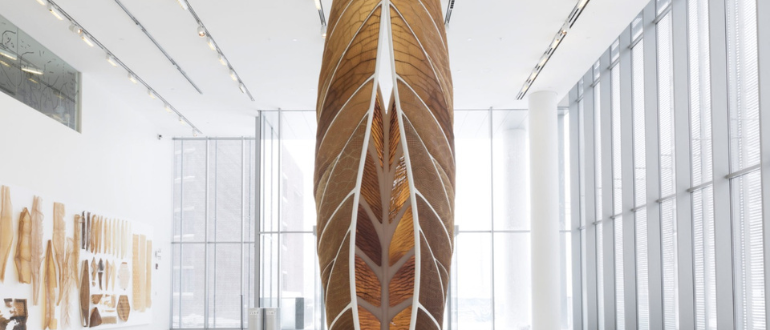Architecture is about designing experiences, and at the heart of every meaningful space is light, material and human connection. As designers today increasingly adopt environmentally conscious practices, sustainability is no longer a secondary concern – it is central to how we imagine and inhabit spaces. For architects, this presents a creative challenge: how to create environments that are visually appealing and emotionally engaging while respecting the planet.
Lighting is one of the most powerful tools in design that can change perception, mood and function. Ar. Rajkumar Kumawat of Rajkumar Architects emphasizes its emotional power. “Lighting can enhance architecture,” he says. “When used wisely, it doesn’t just brighten a room – it defines it.” For Kumawat, natural, energy-saving and handcrafted light sources are of central importance. Diyas, candles and solar lamps, when positioned along courtyards, window sills or room edges, provide soft lighting that highlights spatial geometry and textures without overwhelming the design.
Ar. RK Malik of RK Malik & Associates points out that lighting doesn't have to be additive or energy intensive to be effective. “Reflective materials such as brass, glass or polished stone allow light to reflect naturally throughout the interior, enhancing its impact and reducing reliance on artificial sources,” he explains. The principle is simple: achieve more with less. Through conscious design, architects can create a dynamic interplay of shadows and lights that enhances the built environment while keeping energy consumption to a minimum.
Materiality is also central to sustainable design. Traditional and local materials such as clay, terracotta, wood, handwoven textiles and natural fibers offer a richness that mass-produced options rarely offer. “Handmade objects have personality and cultural relevance,” says Kumawat. “Sustainability is not about perfection, but about authenticity.” Malik adds that working with local artisans not only preserves traditional crafts such as canework, pottery or weaving, but also strengthens communities and creates spaces where history and craftsmanship are alive.
Color and texture play a similar role. Natural pigments and earth tones – terracotta, ocher, light gold – can create depth and warmth without relying on chemical paints or synthetic varnishes. “Sustainable color palettes don’t have to be minimal or muted,” says Malik. “The richness comes from the material itself, from the way light interacts with surfaces.” Kumawat points out that soft wall tones paired with hand-dyed fabrics, brass accents and terracotta elements create moments of vibrancy without overwhelming the space. The result is a harmonious environment, balanced in color, texture and light.
Incorporating green space into the design is another way to bring spaces to life. Plants are more than just decoration, they contribute to air quality, acoustics and mental well-being. Kumawat favors potted plants and vertical gardens to enliven corners and soften architectural lines. “Green adds multiple layers to the design and promotes a sense of calm,” he notes. Malik picks up on this, noting that biophilic elements help maintain calm in otherwise visually intense interiors. The thoughtful placement of vegetation allows spaces to breathe and provides a subtle counterpoint to the structural formality.
In addition to lighting, materials and color, space planning plays a crucial role in sustainability. Open floor plans, courtyards, terraces and naturally ventilated areas reduce reliance on artificial climate control while promoting social connection and comfort. Kumawat emphasizes the importance of creating spaces for shared moments. “When architecture supports interaction, it not only improves the human experience but also reduces energy consumption,” he says. The idea is that well-planned spaces naturally encourage gatherings and activities, using resources efficiently while promoting warmth and cohesion.
Objects and furnishings within a room are also subject to sustainable thinking. Malik advocates for pieces that are handmade, locally sourced or made from renewable materials. “When the elements in a space exude intention and craftsmanship, the design conveys awareness,” he notes. A thoughtful selection of furniture, lighting and décor highlights the overarching ethos of sustainability without compromising on aesthetic or functional quality.
For both architects, sustainability is not a limitation – it is an invitation to reconnect with the essence of design. “The use of natural materials, careful lighting and handcrafted details bring spaces to life in a way that celebrates simplicity, warmth and awareness,” says Kumawat. Malik agrees, adding: “Design has the ability to reinterpret tradition and modernity at the same time. The truly responsible use of architecture is one that improves our environment and our consciousness.”
Ultimately, sustainable design is about more than just environmentally conscious choices – it's about creating spaces that reflect human experiences while protecting the environment. By integrating light, material, color, greenery and mindful planning, architects can create environments that are not only beautiful but also durable, spaces where emotions, function and environmental responsibility coexist.
